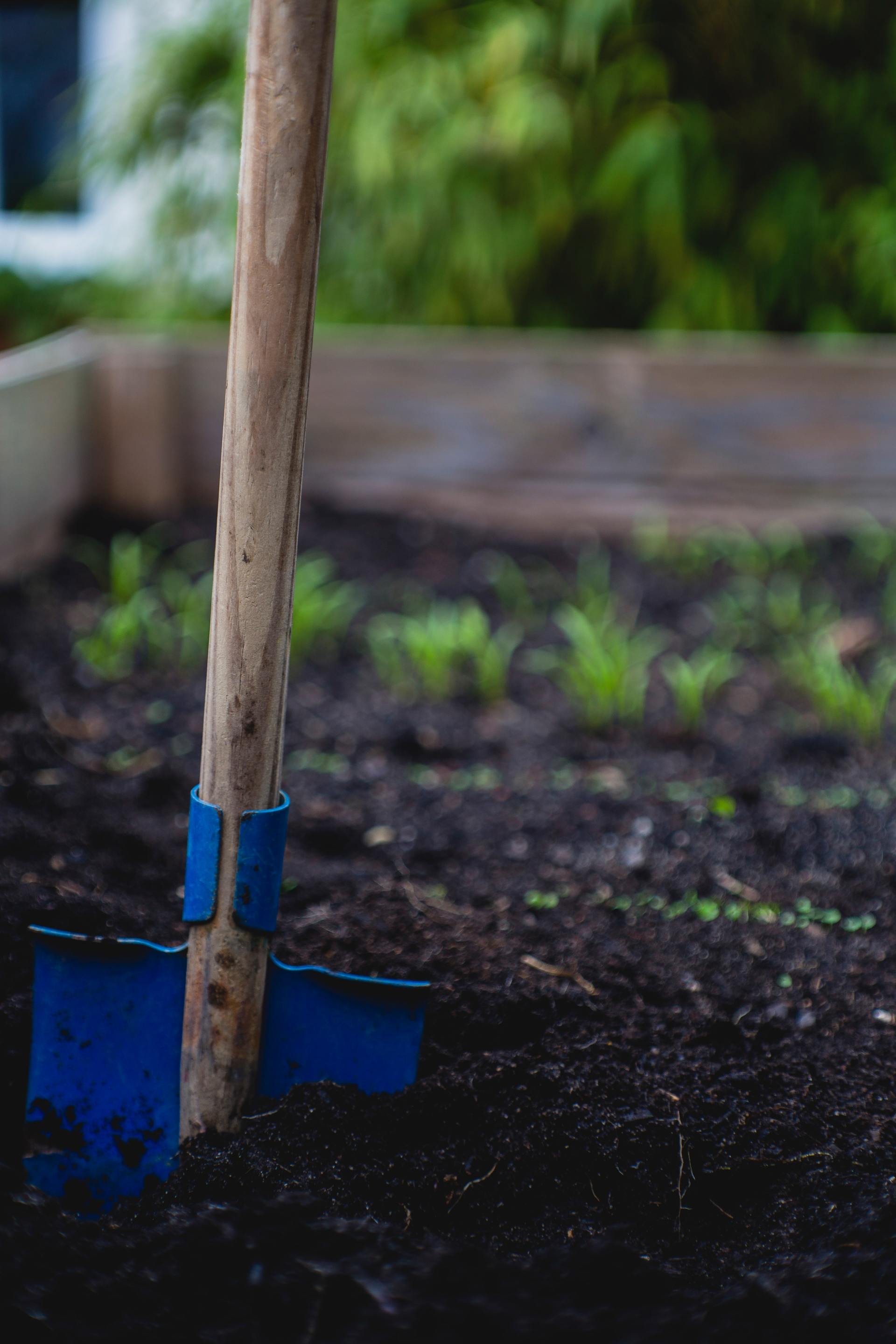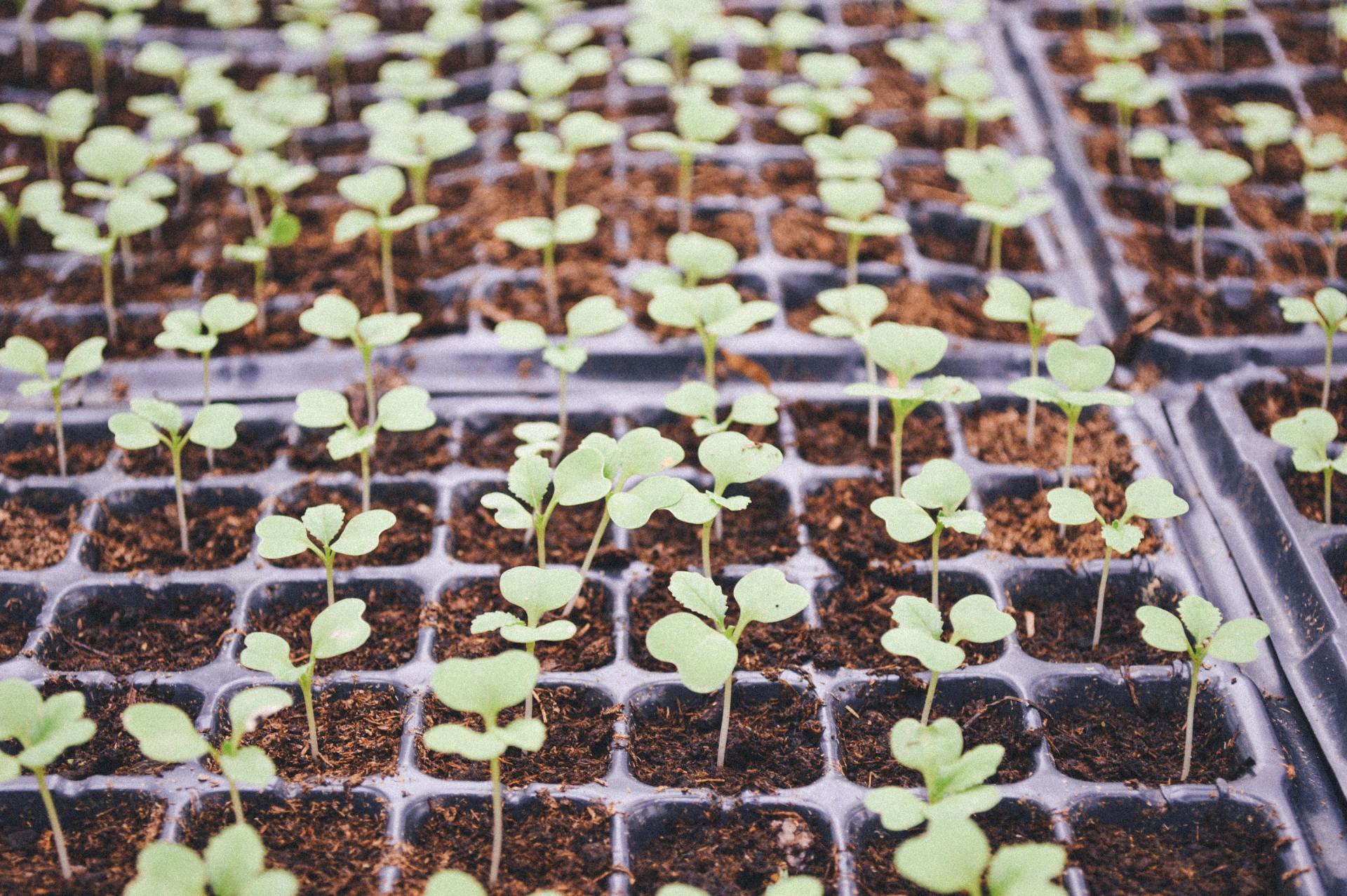Armchair Gardening
Questions & Answers

01 Apr, 2020
Question: My husband and I have recently retired and are now living full time in Grey County. I’m excited about having my first vegetable garden but I’m a little uncertain of how to begin. I remember visiting my grandparents’ farm south of Hamilton as a child, and helping my grandmother plant seeds and seedlings on the 24th of May weekend. So, do I plant everything on the 24th of May weekend? Answer: First, let’s deal with the 24th of May myth. If you look at seed packages and instructions for planting seedlings, many of them will say “... sow/plant when all danger of frost is past ...” and in many areas of southern Ontario, including your grandparents’ farm, frosts are unlikely after the 24th of May weekend, so that became the popular time for planting. However, that isn’t the case in Grey County. I usually count on the first of June as a safer bet. But you don’t have to wait until then to get started. There are a number of vegetables that tolerate frost, and even prefer cooler temperatures. Early Birds - April: Peas and spinach can be planted as soon as you can prepare the ground for them. They don’t mind frost or even a bit of snow, but neither like hot weather. Onion sets (small bulbs grown from seed the previous year) can also be planted at the same time. Leaf lettuces and kale tolerate a bit of frost, and you can plant them in late April/early May. Keep a fresh supply of lettuce by planting seeds every few weeks. Stuck in the Middle - May: You can plant out cauliflower seedlings in early May, followed the next week by broccoli seedlings. Like peas these two vegetables sulk in the heat, so starting them indoors or purchasing seedlings gives them a head start. Mid-May is the time to sow seeds for root vegetables such as beets, carrots, parsnips, and for planting potatoes. Corn seeds can be planted in late May. Heat Lovers – June: These vegetables do not tolerate frost at all. Most of them should be started early and planted out as seedlings. Tomatoes, peppers, eggplant, cucumbers, melons and squash are included in this category. Bean seeds should be sowed directly into the garden once the soil has warmed, as they can rot in cold, wet soil. Hope this helps you get started. Good Luck and Good Eating!

05 Apr, 2019
Question: I recently moved into a new home and have inherited quite a large garden. There are many pretty flowering plants my friend told me to get rid of because they’d be a problem in the future. As I am new to gardening, I’m not sure what plants should stay and what should go. Can you help? Answer: Beware the Pretty Ones When we first moved into our house about 15 years ago the garden was established with some nice shrubs and a few small perennials that were thriving. As I added plants and made the garden my own – l left in these small, pretty plants, which at that time were unfamiliar to me. Little did I know. Though none of these plants are noxious weeds, or government designated alien invasives, they can become problems if you let your guard down. They spread – in various sly ways – and can charm you into thinking you can just let them be. Some will reseed and cover any open areas of soil. Some will spread by runners and turn up in unexpected places. These are my top five to keep an eye on.

01 Mar, 2019
Question: I want to start some vegetable seeds soon. I did this last year for the first time, but some of my seedlings just keeled over and died. What did I do wrong? Answer: You didn’t do anything wrong. Your seedlings succumbed to a condition called “damping off”, which is caused by a fungus that thrives in cool, wet conditions. Fortunately there are a number of things that you can do to keep your seedlings safe. Location: Don’t give the fungus the cool temperatures it prefers. The only time I have lost seedlings to “damping off” was the year I decided to put the grow lights (my husband calls it my grow-op) in the basement, which is much cooler than the rest of the house. Now the lights and seedlings are happily tucked in a corner of our spare bedroom, and family and friends who visit during April or May have to share quarters with the seedlings. Good Housekeeping: Not that kind of housekeeping! Your seedlings won’t care that you haven’t vacuumed or dusted, but they will care if you haven’t used clean containers. If you reuse containers from year to year wash and sterilize them before planting your seeds. Brush all the soil you can from the containers, and scrub them to remove any stubborn bits. Sterilize them by soaking them for at least 10 minutes in a solution of 1 part bleach to 9 parts water. Give them a final rinse and they’re good to go. Planting Tips: Use a good quality soilless potting mix, and don’t reuse it. Once you have planted and covered your seeds, try a top dressing of sand, vermiculite or chicken grit to keep the soil around the emerging seedling drier. I sprinkle a bit of cinnamon on top. I know, this sounds like an old wives’ tale, but cinnamon does have antifungal and antimicrobial properties. Besides, it smells nice. Maintenance: Good air circulation around your seedlings is important, so don’t crowd them together. You might try a fan to stir the air. Just remember you’re aiming for a soft breeze, not a gale. Watering from below is a royal pain, but it’s worth it. Place the containers of seedlings in a second container that is water tight (I use an old dishpan) and add room temperature water until it’s halfway up the seedling containers. Leave it until the growing medium is moist, usually 5 – 10 minutes, then lift out the containers of seedlings and let them drain. You might try watering with diluted camomile tea as it also is noted for its antifungal properties. Good luck and good gardening!

